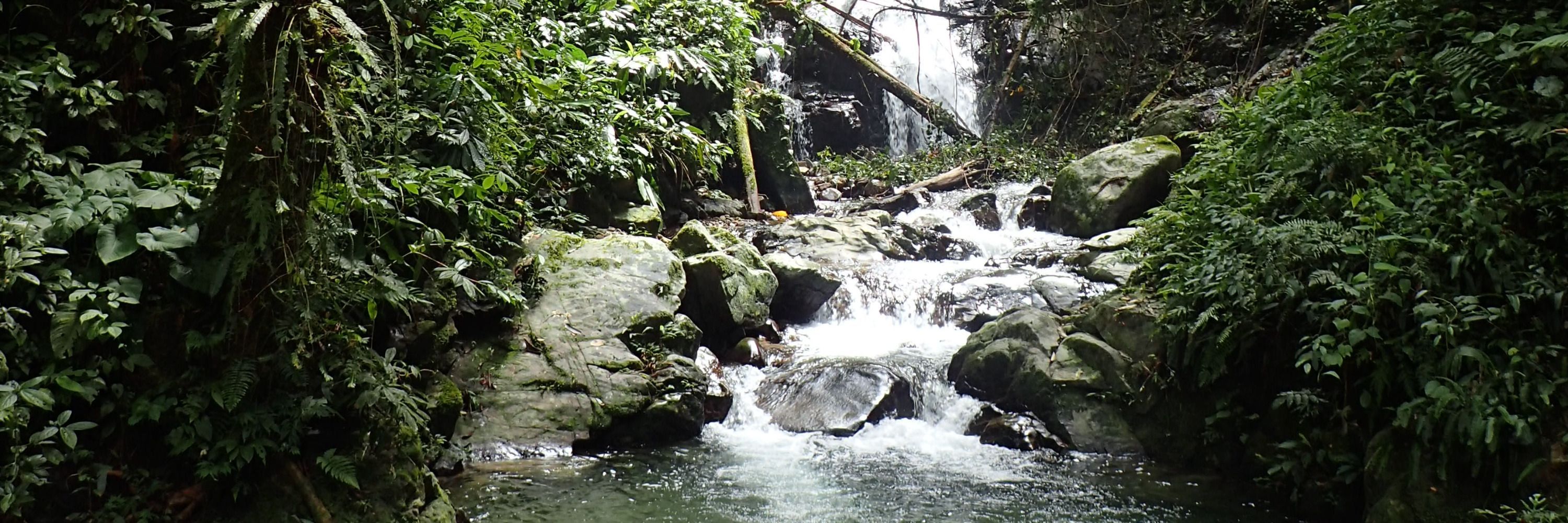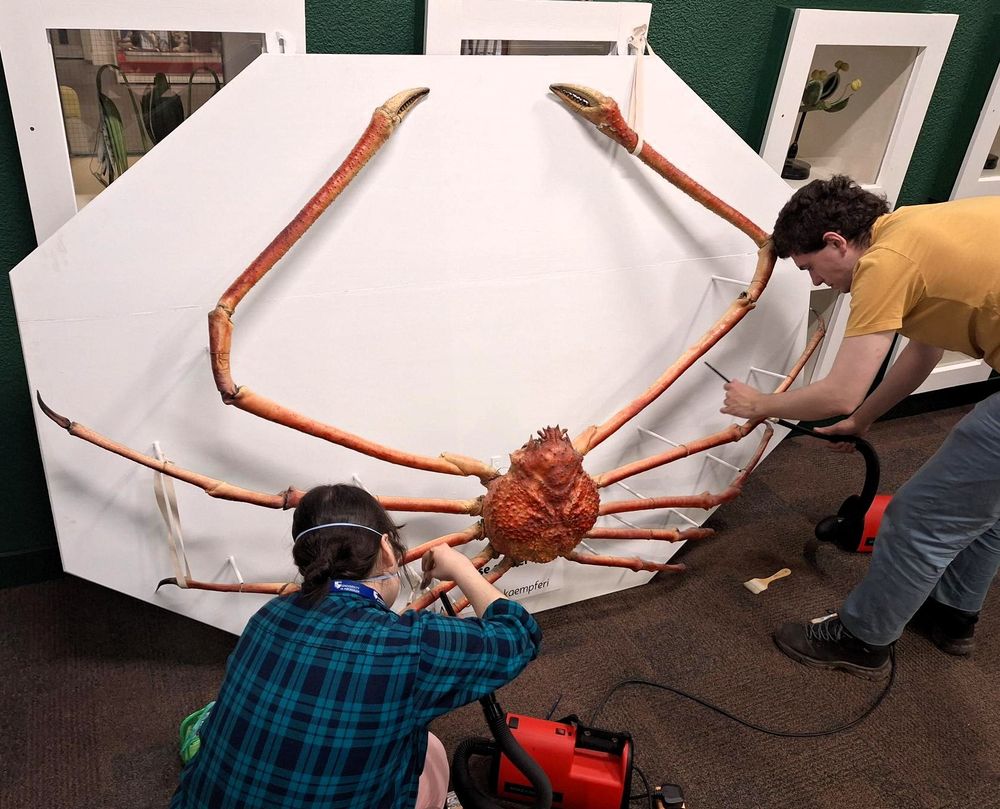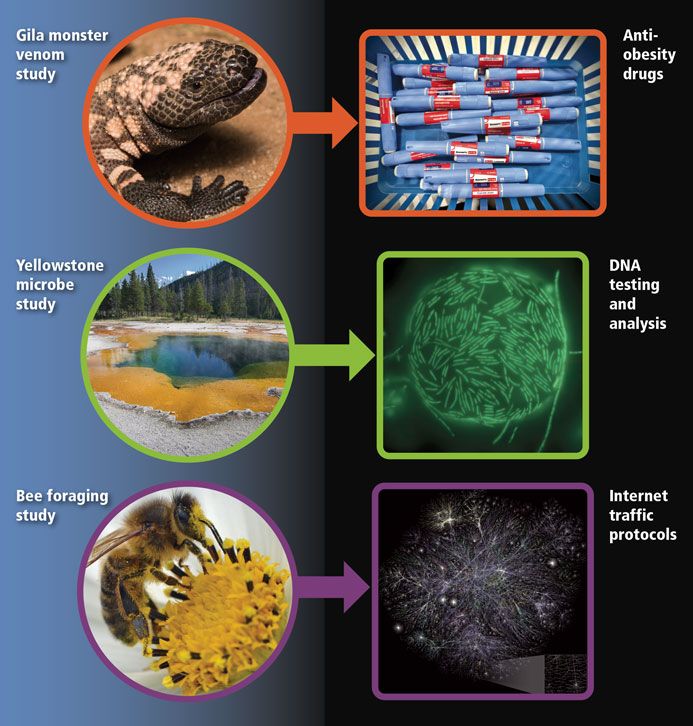
Ng Ting Hui
@siputairtawar.bsky.social
340 followers
880 following
48 posts
Senior lecturer @ Uni Malaysia Sabah 🇲🇾
Biodiversity, ecology, freshwater molluscs & other inverts, invasive species, natural history collections, Southeast Asia
she/her
https://orcid.org/0000-0002-5123-0039
Posts
Media
Videos
Starter Packs
Pinned
Ng Ting Hui
@siputairtawar.bsky.social
· Nov 12
Reposted by Ng Ting Hui
Reposted by Ng Ting Hui
Reposted by Ng Ting Hui
Dan Killam
@dantheclamman.blog
· Jul 22
One like, one opinion about how to solve climate change.
1 like, 1 housing opinion
Reposted by Ng Ting Hui
Reposted by Ng Ting Hui
Reposted by Ng Ting Hui
NatSCA
@natsca.bsky.social
· Aug 7

Moving a ‘Monster’ – the Ups and Downs of Exhibiting a Japanese Spider Crab
Written by Hannah Clarke – Assistant Curator (Collections Access), University of Aberdeen. In May this year, I was given the slightly terrifying task of overseeing the removal and transportation of Aberdeen University’s much-loved Japanese Spider Crab (Macrocheira kaempferi) specimen. The crab, who is usually proudly displayed in the foyer of the University’s Zoology Building, had been requested for loan by Aberdeen Art Gallery & Museums, for their exciting new exhibition ‘Monsters of the Deep.’
natsca.blog
Reposted by Ng Ting Hui
Ng Ting Hui
@siputairtawar.bsky.social
· Jul 25

Declining fish sizes across the Lower Mekong Basin highlights urgent conservation needs
Fish body size is a key indicator to understand the status of fish stocks and thus necessary for fisheries management and conservation planning. Howev…
www.sciencedirect.com
Reposted by Ng Ting Hui
Reposted by Ng Ting Hui
Junn Kitt Foon
@jkfni.bsky.social
· Jun 11

Homecoming! A journey from stress to success for Norfolk Island snails
It’s been five years since Norfolk Island local, Mark Scott, showed Malacologists from the Australian Museum a small living population of a snail species previously feared to be extinct. After a succe...
australian.museum
Ng Ting Hui
@siputairtawar.bsky.social
· May 23
A Hundred Feet Through the Door – A Chance Encounter with some Centipedes set me on a Curatorial Path…
Written by Dan Gordon, Keeper of Biology, The Great North Museum: Hancock. So, how did I get started in museums? Like perhaps many people, it began with a stroke of luck. I’d decided to study…
Written by Dan Gordon, Keeper of Biology, The Great North Museum: Hancock. So, how did I get started in museums? Like perhaps many people, it began with a stroke of luck. I’d decided to study…
A Hundred Feet Through the Door – A Chance Encounter with some Centipedes set me on a Curatorial Path…
Written by Dan Gordon, Keeper of Biology, The Great North Museum: Hancock. So, how did I get started in museums? Like perhaps many people, it began with a stroke of luck. I’d decided to study Biology at university—I suppose I’d vaguely pictured myself at some point in the future, white-coated in the lab, pouring over spectrophotometer readings or agar plates.
natsca.blog












